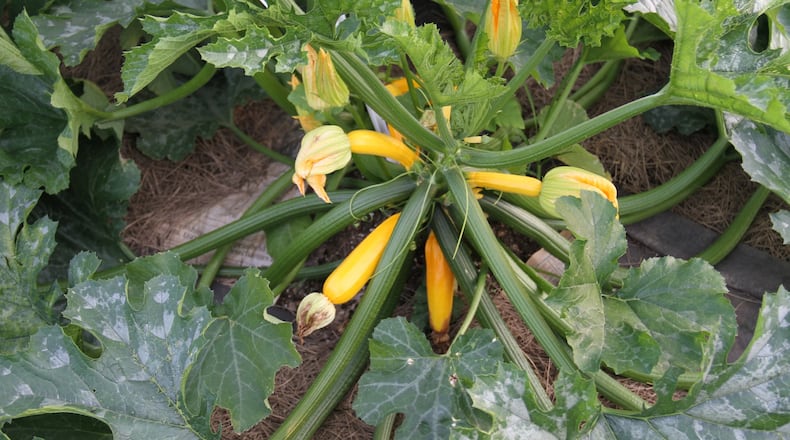>> RELATED: Playing in the dirt, watching plants grow can relieve stress
First of all, you want to enjoy the experience and not consider it a burden. Therefore, start small.
Be selective about what you grow. Think about the size of your family, the type of vegetables that you like and will eat, and what you plan on doing with the vegetables.
For example, if you are going to freeze or can, you might want to plant extra. If you are going to eat fresh, just plant what you can consume. Or consider planting extra and donating to your local food bank during the summer.
Select your vegetables to grow based on the space you have available. Keep in mind that vegetables require at least eight to 10 hours of sunlight a day. They will grow in the shade, but they produce better in full sun.
>> THINGS TO DO: With kids at home, it’s the perfect time to share the magic of gardening
The site should be well-drained and located near a water source. Nothing is worse than having to haul water or hoses to the garden during the heat of the summer.
If you don’t have space in the landscape, or if you simply don’t want to take up a lot of space, consider growing vegetables in containers. Be sure to select a container that has good drainage and use a soil-less mix that is suitable for vegetables.
Place containers in an area with as much sun as possible and close to the water source. You may have to water a lot more when they are in containers as the soils dries out faster. In addition, be sure to fertilize containers on a regular basis.
Once you have your site and plants selected, and the ground prepared, start planting when the weather is appropriate. Cool-season plants are already up and growing for the most part, but you can still plant them. Cabbage, broccoli, greens, and others in the cool-crop group like early spring temperatures and won’t do as well when it gets hot.
>> THINGS TO DO: Gorgeous gardens: 6 sites to find beauty, inspiration and bliss
Tomatoes, peppers, corn, beans, squash and other warm-season plants don’t like it cold and won’t tolerate frosts. It’s usually safe to plant these sometimes after Mother’s Day.
Read the labels or plant tags and follow appropriate planting and spacing instructions. Give your plants plenty of space for good air circulation to help decrease the potential for summer leaf diseases.
Fertilizer, water, and pest management are necessary during the summer. Follow label instructions and soil test results for fertilizer recommendations.
Watering is critical, particularly when the plants begin producing. For example, adequate soil moisture in peppers results in nice, thick walls.
Finally, harvest on a regular basis. Some plants will shut down after production and others will continue to produce all season if you continue harvesting.
I love my vegetable garden and especially love eating cherry tomatoes right off the plant. If you have questions about growing vegetables, contact your local Ohio State University Extension office for assistance.
About the Author


